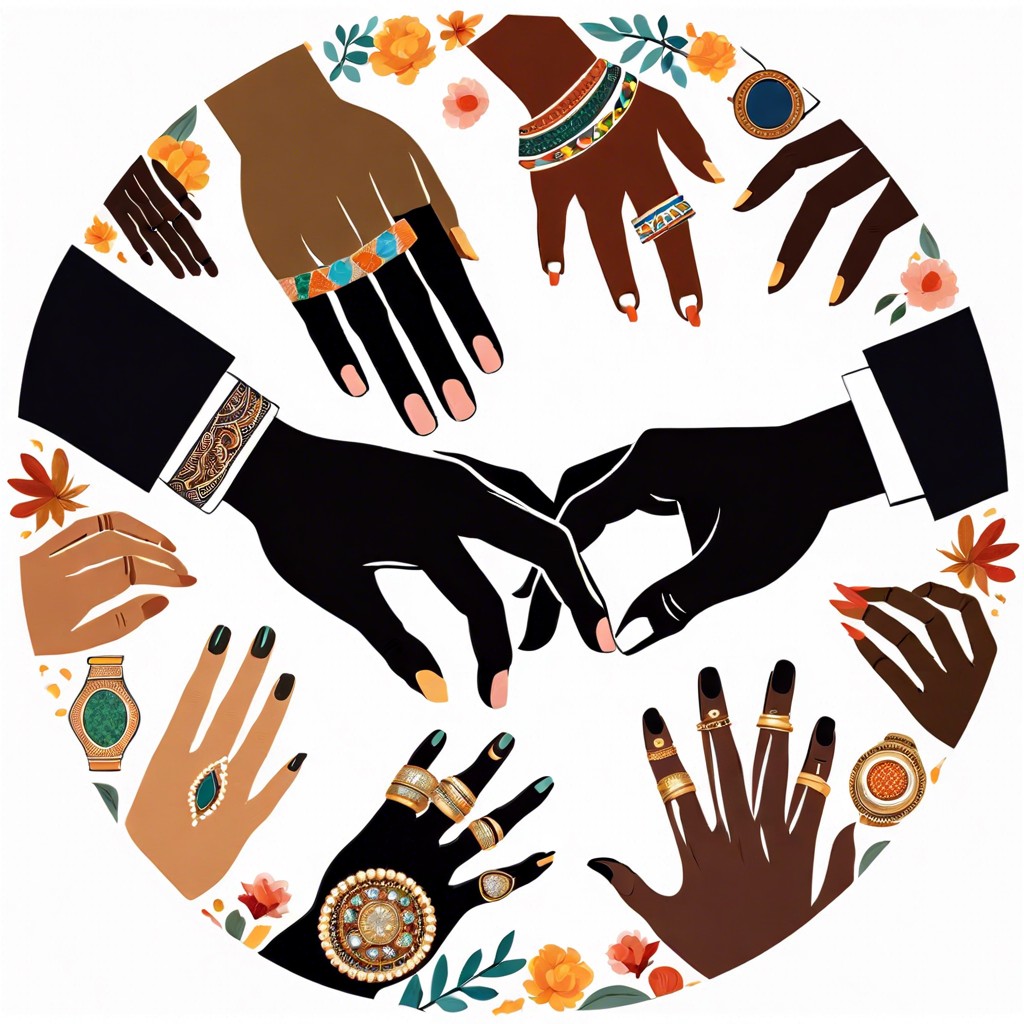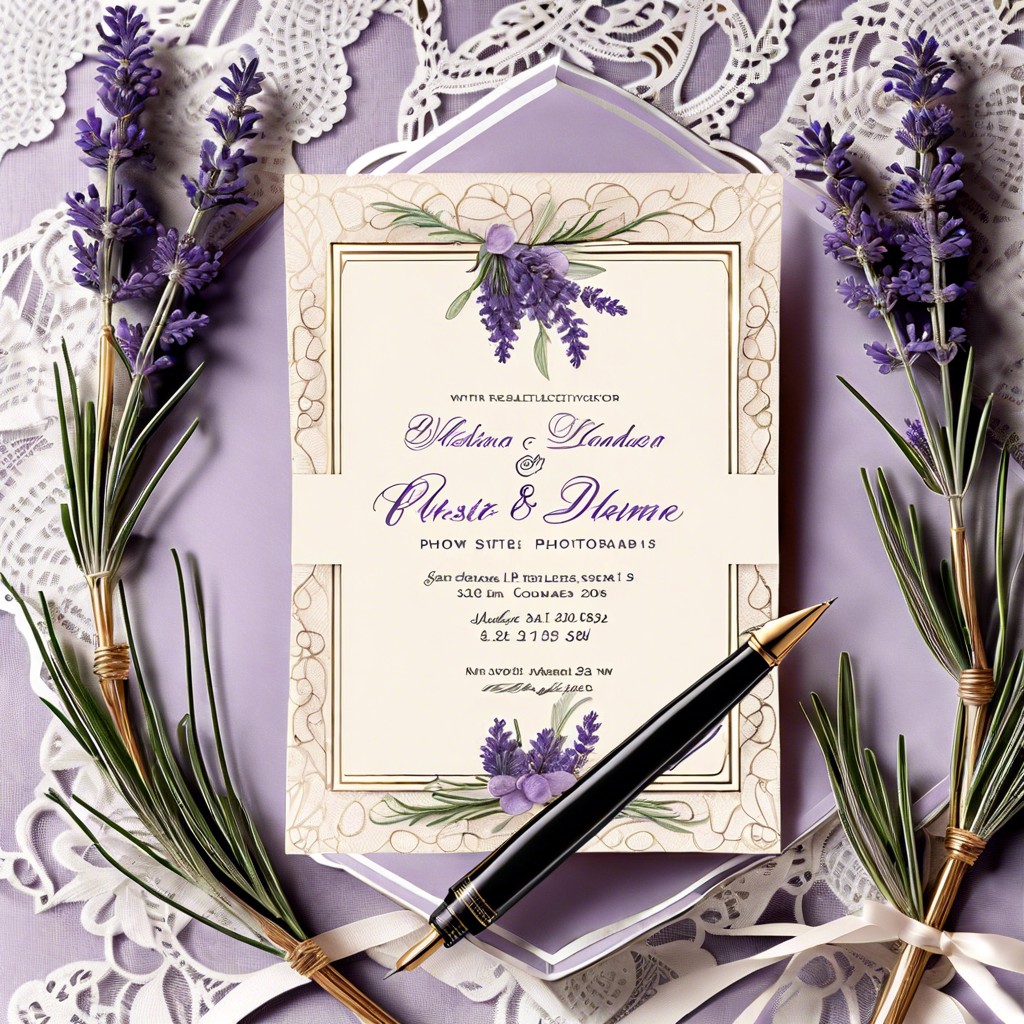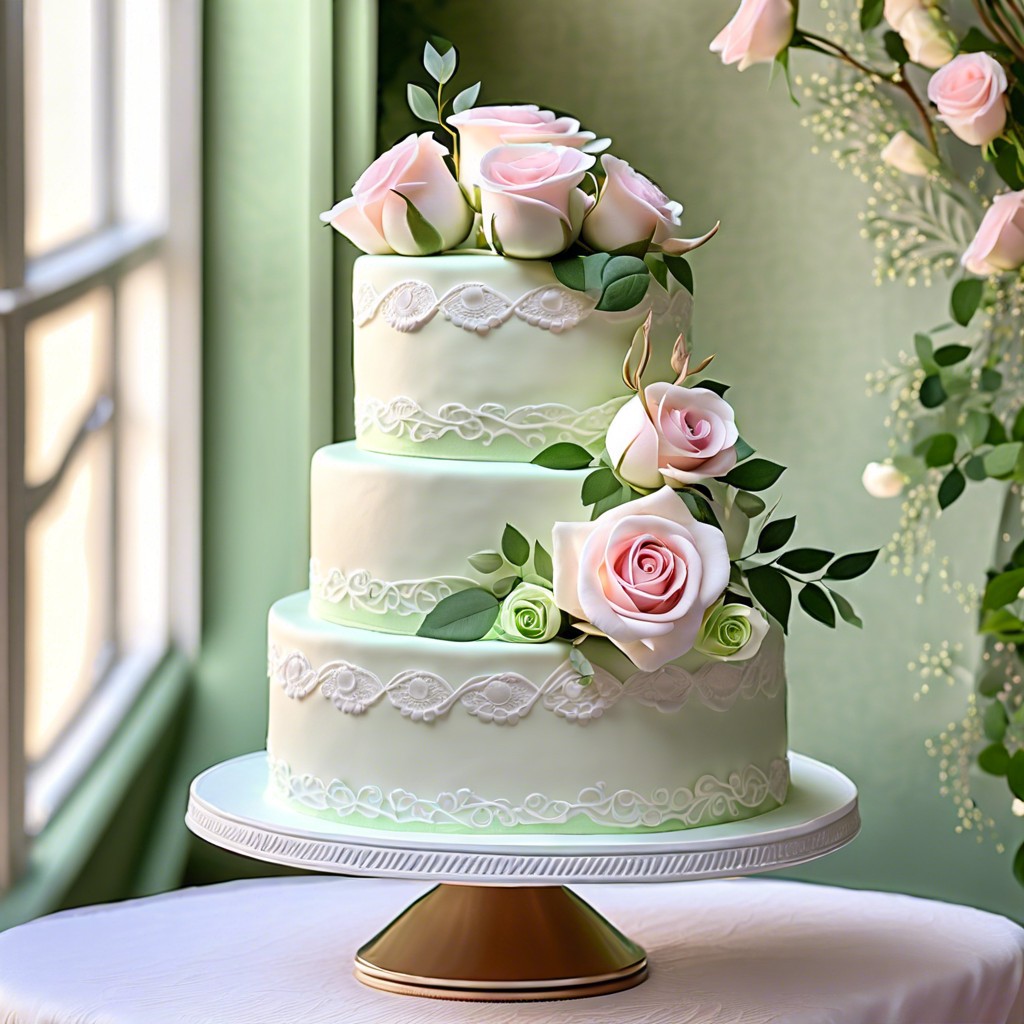Discover the factors that influence the cost of wedding dress alterations to help you budget effectively for your perfect fit.
Key takeaways:
- Hemming: 0-0
- Adjusting sides: -0
- Shortening straps/sleeves: -0
- Reshaping bodice: -0
- Adding a bustle: -0+
The Wedding Dress Alteration Price List

Understanding the range of services under wedding dress alterations is crucial to setting your budget. Here’s a breakdown of the most common alteration services and their potential costs:
- Hemming the length to ensure the perfect fit with your wedding shoes typically ranges from $100 to $300.
- Adjusting the sides for a closer fit can cost between $50 and $200, depending on the dress material and design complexity.
- Shortening or modifying straps and sleeves might set you back $20 to $150.
- Reshaping the bodice involves altering the chest and waist area and can cost between $40 and $200.
- Adding a bustle to manage the train during the reception varies from $30 to $150+, according to the number of bustle points.
- Customizing with beadwork or adding embellishments may increase the cost, starting at $100 and going up from there based on intricacy.
Keep in mind that these prices are approximations and can vary significantly based on regional differences, the tailor’s experience, and the specific needs of your wedding gown. It’s advisable to get a detailed quote after your initial dress fitting.
Important Cost Factors to Consider
Fabric complexity and the intricacy of your wedding dress design influence the overall alteration costs. Delicate fabrics like lace or silk require more careful handling and detailed work, which usually increases the price.
The extent of the alterations needed can also impact cost significantly. Minor adjustments like hemming or tightening shoulder straps are typically less expensive than more extensive modifications such as resizing the bodice or altering the dress structure.
Timelines are an essential consideration as well. Rush jobs often incur additional fees. It’s wise to plan ahead and allow plenty of time for alterations to avoid these extra charges.
Additionally, the reputation and experience of the tailor can affect the pricing. Renowned experts may charge more for their services due to their skill level and demand.
Regional variations are evident in alteration costs. Expect to pay more in major cities and metropolitan areas compared to smaller towns or rural areas.
Remember, customizations like adding sleeves, embellishments, or modifying the dress’s silhouette can also add to the baseline cost of standard alterations.
Average Wedding Dress Alterations Cost
Prices for wedding dress alterations may vary widely, often ranging from $150 to $700. Simple alterations like hemming or adjusting straps can cost around $150 to $250. More extensive work such as reshaping the bodice or customizing embellishments tends to be pricier, potentially reaching upwards of $300 to $500. Ultimately, the total cost will depend on the intricacy of the alterations needed and the rates of the specific tailor or seamstress. Keep in mind that altering designer or heavily detailed gowns typically incurs a higher cost due to the delicate nature of the work. Always ask for a detailed quote upfront to avoid unexpected expenses as your big day approaches.
Finding a Wedding Gown Tailor
Selecting the right tailor for your wedding dress alterations is crucial to ensure the perfect fit for your special day. Look for a specialist with extensive experience in bridal wear, as wedding gowns have unique structures and delicate materials that require skilled hands.
Seek out recommendations from recently married friends or read online reviews focusing on bridal alterations. Schedule consultations with potential tailors to discuss their experience, turnaround time, and the specific changes you’re considering.
During these meetings, observe the cleanliness of their workspace and the organization of their operation, which can be indicative of their attention to detail and level of professionalism. Trust your instincts; choose someone who listens to your needs and demonstrates a clear understanding of your vision for the dress.
Bridal Dress Alteration Tips
To ensure a flawless fit on your special day, consider these pointers:
- 1. Schedule Early: Aim to start alterations at least two to three months before the wedding to allow for multiple fittings.
- 2. Wear Your Shoes: Bring the exact shoes you’ll be wearing to help the tailor adjust the hem to the perfect length.
- 3. Undergarments Matter: Have the undergarments you plan to wear on hand, as they can significantly change the fit of your dress.
- 4. Budget Wisely: Be clear about what you can spend on alterations, and communicate this with your tailor to avoid costly surprises.
- 5. Be Realistic: Understand that not all changes are possible, so have an open mind about what can be done to modify the dress.
- 6. Maintain Your Shape: Try to keep a consistent weight after your initial fitting to ensure your alterations are accurate.
- 7. Voice Concerns Promptly: If something doesn’t look or feel right during a fitting, speak up immediately to allow time for adjustments.
By adhering to these suggestions, you can navigate the alterations process smoothly, leading to a beautifully tailored wedding gown that fits you perfectly on your wedding day.



